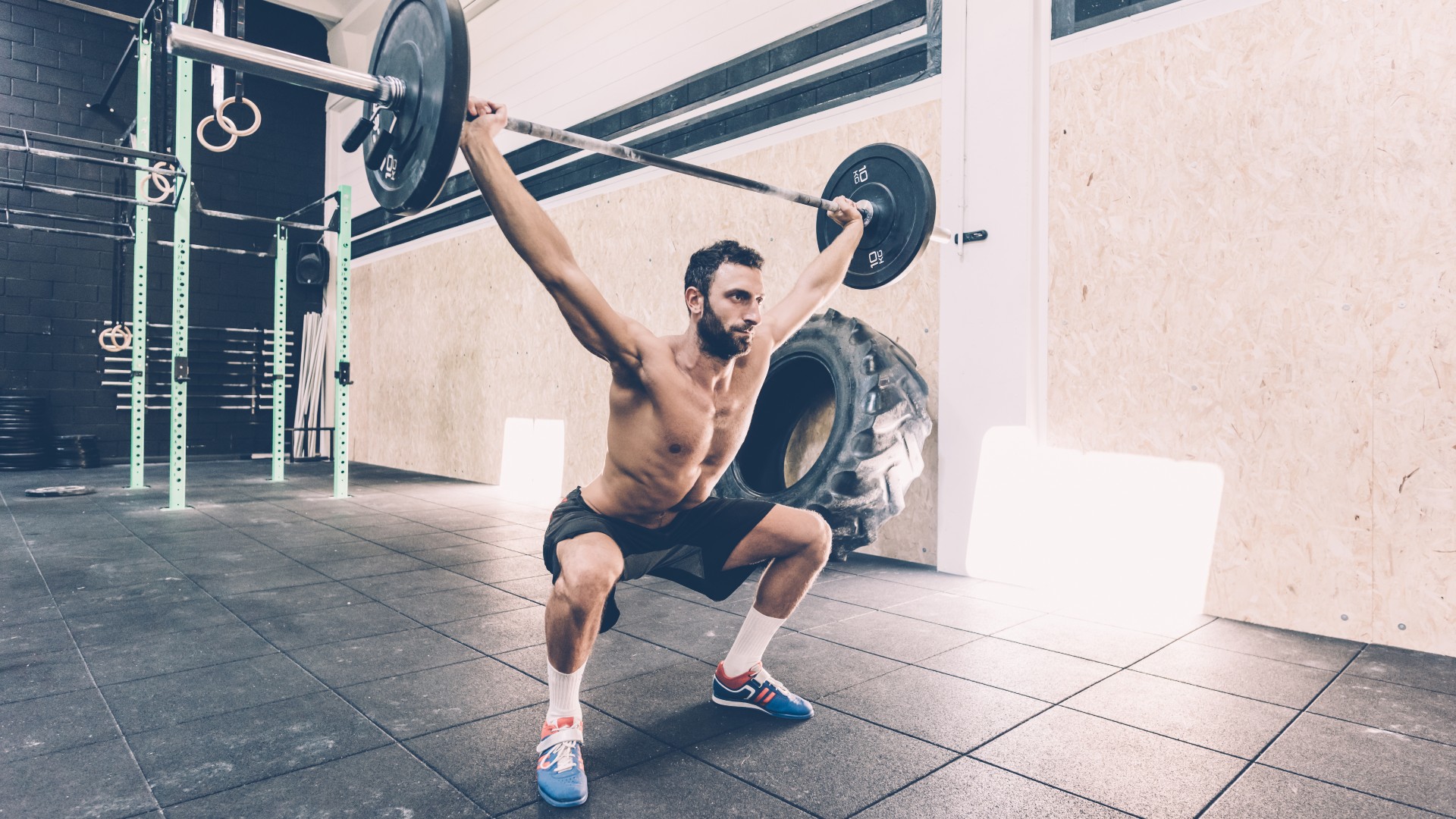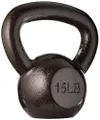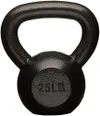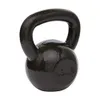
When we talk about strength, what do we actually mean, and how do we measure it? How you build stronger muscles can be determined by two main categories: relative strength and absolute strength.
Both are crucial to understand within the fitness setting, whether you’re programming for clients or yourself, improving overall health, or training for sports-specific performance.
It doesn’t matter whether you’re a gymnast or a powerlifter, learning the difference between these definitions of strength will help you work more efficiently toward your goals in the gym. We'll cover what these terms mean, the benefits, and which is better for your goals.
Relative strength vs absolute strength: What is relative strength?

Think of a gymnast or someone skilled in calisthenics (a form of bodyweight training). These people have high relative strength; this means that compared with their body size, they are strong.
Therefore, relative strength is defined as how strong a person is versus their size. In weightlifting, how much they can lift compared to their body weight. Think of it as pound-for-pound strength.
Some basic examples of relative strength in a bodyweight setting could include someone performing pull-ups and muscle-ups on gym rings or a gym-goer performing push-ups.
It can also apply to lifting weights, running and other sports. If you’re looking for examples of people with high relative strength, look for those who can move and control their body weight extremely well — athletes and gymnastics are certainly up there.
Get instant access to breaking news, the hottest reviews, great deals and helpful tips.
When all else is equal, smaller people often have higher relative strength. If you had two females lined up ready to sprint 200 meters, one weighing 120lbs and the other 140lbs, it makes sense that if both have the same absolute strength (we’ll cover this shortly), then the former would be able to run faster, fatigue less quickly, and move more efficiently.
In a weightlifting setting, relative strength can be calculated by dividing an individual's lifting weight for an exercise by their body weight. If you have athletes coming in at varying weights, it can help measure who is strongest, which is how powerlifting competitions work.
Relative strength vs absolute strength: What is absolute strength?
The journal Sports refers to maximal absolute strength as “the maximum tension level that a muscle group can produce,” which also ties into developing your one-rep max, or the maximum amount of weight you can lift for an exercise like deadlifts, squats, or the bench press.
Absolute strength means the maximum force a person can exert — independent of muscle or the person’s size or weight. If you look at the hypertrophy versus strength training principles, resistance programs help clients lift heavier weights over time and ultimately improve absolute strength, progressively overloading the muscles to adapt as a person gets stronger.
Unlike relative strength, where lighter, smaller individuals tend to have higher levels, those with heavier body weights (and, in general, “bigger” people) tend to have higher levels of absolute strength. Whether you look at absolute or relative strength within a competitive fitness setting or daily life, building stronger muscles can improve life quality as you age.
Stronger muscles build a more robust body, improve athletic performance and protect the body from injury. Higher levels of absolute strength can also provide neuromuscular adaptations by improving the brain-muscle connection and increasing motor coordination skills.
Relative strength vs absolute strength: Programming factors

Programming should be individual to each person's biological needs and experience. As their muscles and neurological system adapt, so will the programming — sets, reps, rest, frequency and load. How you program relative or absolute strength training also depends on the your goals.
There are several other factors worth considering. Body composition (muscle mass versus fat) impacts strength because someone with more lean muscle mass should have greater potential for exerting force. Body weight also matters — as mentioned above, the heavier someone is, the less relative strength they might have, but the better their absolute strength might be.
Height can also impact body composition (lean muscle mass and fat distribution) and the person’s overall ability to exert maximal force versus shift weight relative to their body weight.
You can use a list of strength standards for men and women developed by Strength Level to inform your strength programs here. Remember that standards are guidelines, and factors such as weight, height, sex, age and experience will impact your strength capacity.
Relative strength vs absolute strength: Which is better?
The short answer: neither. Both are important. Maintaining relative strength can help you stay nimble and athletic, while absolute strength can help you produce serious force. But ultimately, it comes back to your goals and chosen sport.
In day-to-day life, relative strength is the most relevant for performing daily activities, and if you’re looking at people who don’t weigh the same, it’s crucial in a sports setting.
If you have two people at the same weight, absolute strength is usually the more relevant measure, and it also improves other measures of strength, like relative strength.
Think about a competitive setting like athletics, powerlifting, or Brazilian jiu-jitsu, where weight classes determine who matches who, who lifts the most pound for pound, or what position someone plays. If weight categories didn’t exist, anyone with higher absolute strength could dominate.
In many sports settings, developing absolute and relative strength is ideal, but you must determine whether you want to produce more force, become stronger pound for pound, or both.
If you need to be fast, athletic and physically effective, you won’t necessarily pack on size or bulk — relative strength will be crucial. In that case, you might aim to improve maximum absolute strength without much bodyweight gain or maintain current absolute strength levels while dropping weight.
In other settings, gaining weight as your absolute strength improves just shifts you up a weight class. If competitors weigh the same, then absolute strength can prevail.
Remember that training matters and your height or build are pieces of the puzzle. Strength and conditioning coaches will work closely with each client or athlete to ensure training is specific and progressive to the individual.
More from Tom's Guide
- What are the 'big 5' compound lifts in weight training?
- I'm a personal trainer and this is the most underrated gym equipment for building strength
- Forget the gym — build full-body muscle with a set of dumbbells in just 25 minutes

Sam Hopes is a level 3 qualified trainer, a level 2 Reiki practitioner and fitness editor at Tom's Guide. She is also currently undertaking her Yoga For Athletes training course.
Sam has written for various fitness brands and websites over the years and has experience across brands at Future, such as Live Science, Fit&Well, Coach, and T3.
Having coached at fitness studios like F45 and Virgin Active and personal trained, Sam now primarily teaches outdoor bootcamps, bodyweight, calisthenics and kettlebells.
She also coaches mobility and flexibility classes several times a week and believes that true strength comes from a holistic approach to training your body.
Sam has completed two mixed doubles Hyrox competitions in London and the Netherlands and finished her first doubles attempt in 1:11.








